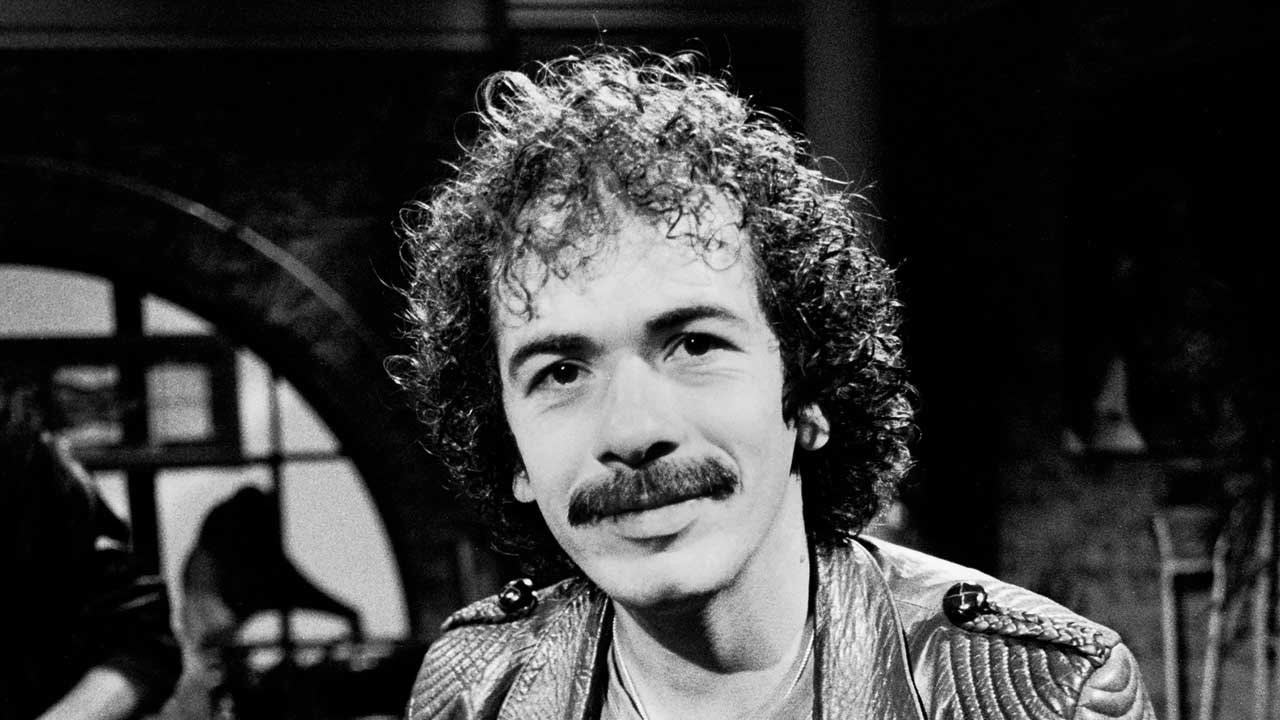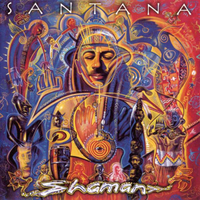The innovative fusion of rock’n’roll with Latin American music and rhythms pioneered by Santana in the late 60s created a distinctive sound that is as instantly recognisable now as it was back then. At full throttle Santana were an awesome sound and spectacle.
The surging AfroCuban beats that rumbled and rattled from an array of percussionists provided a molten lava flow above which Carlos Santana created his trademark guitar ‘cry’ – a technique by which he could gradually change a single sustained note from a gentle plea to a heartbreaking howl, or vice versa.
But Santana also knew the value of a sweet melody. On songs like Peter Green’s Black Magic Woman or Carlos’s achingly beautiful Samba Pa Ti, the rhythms would be reined in and Carlos’s guitar would shed a different kind of tear. It was these songs that spread the Santana band’s reputation around the world and made them a household name. Not that the band have had an easy ride.
Far from it. Carlos was always a reluctant bandleader, and the inability to maintain a stable line-up continually blighted their career. Carlos himself effectively gave up on the band identity in the late 80s, and is now generally regarded as a solo artist. The original line-up came together in the hippy haze of San Francisco in the mid-60s where Carlos, who was born in Mexico, had grown up.
Their first gig at the Fillmore in 1968 brought about a standing ovation, but it was their show-stopping performance at the Woodstock Festival the following year that showcased their wares to a wider audience (especially when the film came out, which captured the band in mesmerising form playing Soul Sacrifice) and secured them a record contract with Columbia.
For the next four years Santana blazed an iridescent trail across the rock’n’roll skyline, raising the bar with each album, until the band started to fall apart. Carlos’s response was to get in touch with his spiritual side (for a while he added ‘Devadip’ to his name), and for a while the second incarnation of the band continued the upward trajectory.
The new wave found them floundering and out of fashion, but they weathered the storm and were one of the select few Woodstock acts to perform at 1985’s Live Aid.
Over the years Carlos has hitched his signature guitar cry to various styles and collaborations with other artists with varying degrees of success. But while Santana’s flame may have often flickered, it has never been extinguished.

...and one to avoid
You can trust Louder Our experienced team has worked for some of the biggest brands in music. From testing headphones to reviewing albums, our experts aim to create reviews you can trust. Find out more about how we review.











